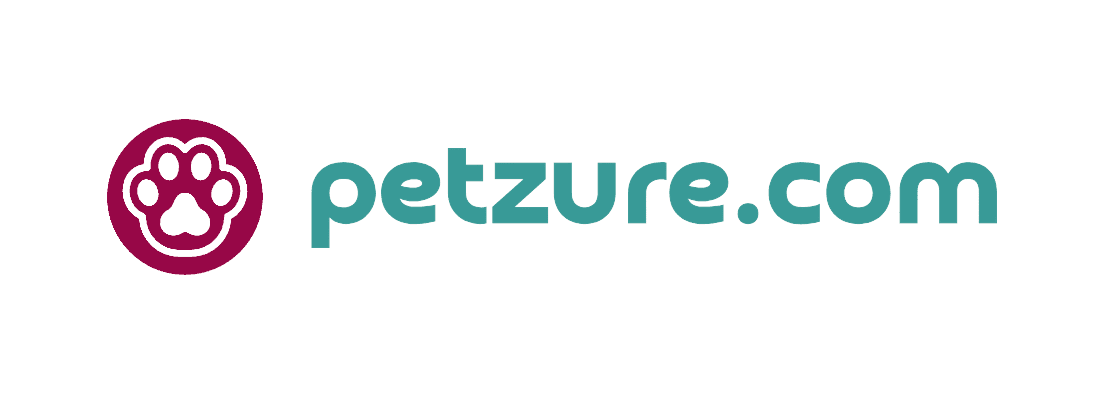
What Is a Conventional Loan?
When it comes to financing a home purchase or refinancing an existing mortgage, there are various loan options available in the market. One popular choice is a conventional loan(CL). In this article, we will delve into the details of conventional loans, their features, benefits, and how they differ from other types of loans. Understanding what a CL entails will empower you to make informed decisions about your home financing needs.
Chapter 1: Understanding Conventional Loans
Definition of a Conventional Loan
Learn what constitutes a CL and how it differs from government-backed loans such as FHA or VA loans. Understand the primary characteristics and eligibility requirements of conventional loans.
Conventional Loan Types
Explore the different types of conventional loans available, including fixed-rate mortgages and adjustable-rate mortgages (ARMs). Gain insights into the pros and cons of each loan type and determine which option best suits your financial goals.
Chapter 2: Benefits of Conventional Loans
Flexibility and Customization
Discover the flexibility offered by conventional loans, allowing borrowers to customize their loan terms, down payment amounts, and repayment schedules. Learn how this flexibility can benefit borrowers with unique financial situations.
No Mortgage Insurance
Understand the advantage of conventional loans for borrowers who can provide a down payment of 20% or more, as they typically avoid the need for mortgage insurance. Explore the potential cost savings associated with eliminating mortgage insurance premiums.
Chapter 3: Qualifying for a Conventional Loan
Credit Score and Financial Requirements
Learn about the credit score and financial requirements typically associated with conventional loans. Discover the importance of a good credit score and a stable financial profile in qualifying for favorable loan terms.
Down Payment Options
Explore the different down payment options available for conventional loans. Understand the impact of various down payment amounts on loan terms, interest rates, and overall affordability.
Chapter 4: Applying for a Conventional Loan
Loan Application Process
Navigate the loan application process for a CL, from gathering necessary documents to submitting your application. Understand the steps involved and the timeline for loan approval.
Working with Lenders
Gain insights into working with lenders and mortgage professionals when applying for a CL. Discover tips for finding reputable lenders, comparing loan offers, and securing the best terms for your loan.
Conclusion
A CL offers flexibility, customization options, and the potential to avoid mortgage insurance for borrowers who meet certain criteria. By understanding the ins and outs of conventional loans, including their definition, benefits, qualification requirements, and application process, you can confidently pursue your homeownership or refinancing goals.
Remember to evaluate your financial situation, credit score, and down payment options to determine if a CL is the right choice for you. Consider working with reputable lenders and mortgage professionals who can guide you through the loan application process and help you secure favorable loan terms.
Disclaimer:
The information provided in this article is for general informational purposes only and should not be considered as financial or legal advice. It is recommended to consult with qualified professionals to discuss your specific circumstances and obtain personalized guidance regarding your home financing decisions.



GIPHY App Key not set. Please check settings